An RDL, or Romanian Deadlift, is a powerful exercise that targets your posterior chain, including the glutes, hamstrings, and lower back. This guide explores the benefits, variations, and common mistakes to help you master the RDL and enhance your workout routine.
Key Takeaways
-
The Romanian Deadlift (RDL) emphasizes hip hinge movement, effectively targeting the posterior chain and enhancing lower body strength while minimizing knee movement.
-
Common mistakes during RDLs include improper foot placement, rounding the spine, and using momentum; correcting these can prevent injuries and maximize effectiveness.
-
Variations of RDLs, such as single-leg, dumbbell, and bodyweight versions, allow for diverse workouts that target specific muscle groups and improve overall balance and strength.
What is a Romanian Deadlift (RDL)?

The Romanian Deadlift (RDL) is a variation of the traditional deadlift that emphasizes the hip hinge movement with minimal knee bend. Unlike conventional deadlifts, which typically involve lifting the weight from the ground, RDLs are characterized by a specific movement pattern that focuses on hip flexion while minimizing knee movement. This distinct technique allows for targeted engagement of the posterior chain muscles, making RDLs an essential exercise in strength training programs.
Classified as a barbell exercise, the Romanian Deadlift requires a precise form to maximize its effectiveness and ensure safety. The RDL’s unique emphasis on the hip hinge technique sets it apart from other deadlift variations, providing a different challenge and set of benefits.
Mastering the RDL enhances overall strength, stability, and muscle development, particularly in the lower body.
Muscles Targeted by RDLs

The Romanian Deadlift primarily targets the posterior chain, which includes the gluteus maximus and hamstrings. These muscles are crucial for various movements and overall stability, making the RDL an excellent exercise for strengthening the lower body. Additionally, the lower back muscles, particularly the erector spinae, play a significant role in maintaining spinal stability during the movement.
Aside from the primary muscle groups, the RDL engages several secondary muscles, including the core, adductors, trapezius, and posterior deltoids. The core stabilizes the spine, while the adductors and trapezius contribute to balance and overall muscle engagement. By targeting these muscle groups, RDLs provide a comprehensive workout that enhances both strength and stability.
Key Benefits of RDLs
Romanian Deadlifts significantly strengthen the posterior chain, reducing injury risk and enhancing stability and strength. Proper form and technique prevent injuries and maximize the exercise’s effectiveness. Common errors, such as improper foot placement or using momentum, can compromise the benefits and increase the risk of injury, highlighting the importance of correct execution.
In addition to injury prevention, RDLs contribute to improved balance and posture, which are crucial for athletic performance and everyday activities. The single-leg Romanian Deadlift, in particular, enhances balance and engages the core due to the stability required in performing the movement on one leg. Different variations of the RDL can effectively target specific muscle groups and keep workout routines engaging and diverse. This variety not only prevents workout monotony but also ensures comprehensive muscle development.
Moreover, RDLs can boost metabolism and promote increased muscle mass over time through enhanced engagement of multiple muscle groups. Incorporating RDLs into your strength training program can lead to significant improvements in overall fitness, making them a valuable addition to any workout routine.
How to Perform a Romanian Deadlift

Performing a Romanian Deadlift correctly is crucial for maximizing its benefits and minimizing the risk of injury. The exercise involves several key phases: the starting position, executing the hip hinge, and returning to the standing position. Each phase requires attention to detail and proper form to ensure effective muscle engagement and movement efficiency.
Let’s break down each phase step-by-step to help you master the RDL technique.
Starting Position
Begin by positioning your feet hip-width apart to maintain stability and ensure an effective bar path during the RDL. Correct foot placement ensures balance and proper movement mechanics. Use an overhand grip with hands just outside your thighs, securing your grip and alignment.
Ensure your feet are flat on the ground and toes slightly outward in the starting position to maintain balance and muscle engagement. This setup is key for proper alignment and stability throughout the movement.
Executing the Hip Hinge
The hip hinge is the core movement of the Romanian Deadlift. Begin by bending at the hips while allowing your knees to slightly bend, ensuring that your torso stays parallel to the floor. Maintaining a slight bend in the knees is vital to prevent excessive strain on the lower back during the movement. Core engagement is necessary to stabilize your body while performing the hip hinge.
Hinge forward while engaging your lats and keeping your chest up for proper alignment, reducing stress and injury risk. Keep the bar close to your arms and body to minimize spinal shear force and ensure controlled pull movement.
This focus on controlled, intentional movements is essential for maximizing muscle engagement and the power and effectiveness of the lift.
Returning to Standing Position
To return to the standing position, focus on activating your hamstrings and glutes as you rise. Squeeze your glutes for optimal muscle engagement and push through your heels to drive your hips forward. This action ensures that the primary muscles are doing the work rather than relying on your back.
Controlled movement is crucial when returning to the standing position for proper muscle activation. Avoid momentum; focus on deliberate engagement of your hamstrings and glutes to enhance RDL effectiveness and reduce injury risk.
Common Mistakes and How to Fix Them
Even experienced lifters can make common mistakes when performing Romanian Deadlifts, which can compromise the effectiveness of the exercise and increase the risk of injury. These mistakes often include incorrect foot placement, rounding the spine, and using momentum. Understanding these errors and how to fix them is crucial for maximizing the benefits of RDLs and ensuring safe execution.
Let’s delve into each common mistake and explore practical solutions.
Incorrect Foot Placement
Proper foot placement ensures stability and effective performance of the Romanian Deadlift. Position your feet hip-width apart with toes slightly outward to maintain balance and muscle engagement throughout the lift.
Incorrect foot placement can lead to instability, increased risk of injury, and reduced effectiveness of the lift. Regularly check your stance and focus on maintaining consistent positioning throughout the lift to ensure proper foot placement.
Paying attention to foot placement enhances the overall effectiveness and safety of your RDLs.
Rounding the Spine
Maintaining a neutral spine is vital to prevent injuries while performing RDLs. Rounding the back during the lift can cause strain and hinder effectiveness. To avoid this, visualize your spine as a straight plank that should tilt rather than curve during the movement. Engage your core muscles and keep your back straight while performing the hip hinge.
Overextending the spine at the start of the lift can lead to lower back injuries, so finding a neutral spine position before beginning is crucial. By focusing on maintaining a neutral spine, you protect yourself from injury and ensure proper muscle activation.
Using Momentum
Using momentum to perform RDLs is a common mistake that can lead to ineffective workouts and increased risk of injury. To perform an RDL correctly, it is crucial to start with the appropriate foot placement and maintain a straight back. Executing the hip hinge correctly by engaging the core and keeping a neutral spine is essential for controlled movements.
Avoiding momentum ensures that the focus remains on the targeted muscles and reduces injury risk. Concentrate on controlled, deliberate movements and engage your core to maintain stability. By avoiding the use of momentum, you enhance the effectiveness of the RDL and ensure safe, efficient lifting.
Variations of the Romanian Deadlift

The Romanian Deadlift has several variations that can target different muscle groups and add variety to workouts. These variations include the single-leg RDL, dumbbell RDL, and bodyweight RDL. Each variation offers unique benefits and challenges, making it possible to tailor your workout to your specific needs and goals.
Let’s explore each rep difference variation in detail.
Single-Leg RDL
The single-leg Romanian Deadlift focuses on balance and unilateral strength, helping to improve stability and engage core muscles. This variation requires stabilization throughout the movement, making it an excellent exercise for enhancing balance and addressing strength disparities between legs.
Performing single-leg RDLs can help identify and address any strength imbalances in the legs. By incorporating this variation into your strength training program, you can improve overall balance and ensure even muscle development across both legs.
Dumbbell RDL
Using dumbbells for Romanian Deadlifts allows for a greater range of motion and alternative loading compared to barbells. This variation provides options for those who may not be comfortable using a barbell and allows for more versatile workouts.
Incorporating dumbbell RDLs into your strength training program can help target specific muscle groups and add variety to your routine. By using dumbbells, you can adjust the weight and range of motion to suit your fitness level and goals.
Bodyweight RDL
Bodyweight Romanian Deadlifts are a variation of the traditional deadlifts that relies solely on body weight for resistance, making them accessible for beginners. This variation helps in building strength in the posterior chain, enhancing balance, and improving overall body control.
To perform a bodyweight RDL, start by standing straight with feet hip-width apart, hinge at the hips while keeping a flat back, and lower the torso towards the ground until you feel a stretch in your hamstrings. Then, return to the starting position. This variation is ideal for those new to strength training or looking to master the hip hinge movement without added weight.
Integrating RDLs into Your Workout Routine

Integrating Romanian Deadlifts into your workout routine can enhance overall strength and muscle development. Newcomers should perform RDLs once to three times weekly to allow sufficient recovery. Advanced athletes can incorporate RDLs into their routines up to five or six times per week, depending on their goals.
Combining RDLs with squats and lunges can create a well-rounded workout targeting various muscle groups. Adjust the number of sets and reps according to your fitness level to ensure optimal results.
By incorporating RDLs into your strength training program, you can achieve a balanced and effective workout routine.
Safety Tips for Performing RDLs
Maintaining a straight back is essential during the hip hinge motion to prevent injury. Engage your core to stabilize the spine and control movement effectively, supporting a neutral spine and reducing strain and injury risk.
Using lifting straps can enhance grip and stability, especially during heavier lifts. Awareness of your flexibility and hamstring length is essential, as these factors can influence the depth of the lift and overall safety.
By following these safety tips, you can perform RDLs safely and effectively, minimizing the risk of injury.
Summary
Romanian Deadlifts are a powerful tool in any strength training program, offering numerous benefits such as injury prevention, improved balance, and increased muscle mass. By understanding the proper technique, common mistakes, and various RDL variations, you can maximize the effectiveness of this exercise and enhance your overall fitness.
Incorporating RDLs into your workout routine can lead to significant improvements in strength and stability. Remember to focus on proper form, engage your core, and follow safety tips to ensure a safe and effective workout. With the knowledge gained from this guide, you’re well-equipped to master the Romanian Deadlift and take your strength training to the next level.
Frequently Asked Questions
What is the primary difference between a Romanian Deadlift and a traditional deadlift?
The primary difference between a Romanian Deadlift and a traditional deadlift is that the Romanian Deadlift focuses on the hip hinge with minimal knee bend, whereas the traditional deadlift involves more knee flexion as you lift the weight from the ground.
Which muscles are primarily targeted by Romanian Deadlifts?
Romanian Deadlifts primarily target the gluteus maximus, hamstrings, and lower back muscles, while also engaging the core and other supporting muscle groups. This exercise is effective for building strength and improving stability in these areas.
How often should beginners perform Romanian Deadlifts?
Beginners should perform Romanian Deadlifts once to three times a week to ensure adequate recovery and effectiveness. This frequency helps in building strength while minimizing the risk of injury.
What are some common mistakes to avoid when performing Romanian Deadlifts?
To avoid common mistakes in Romanian Deadlifts, focus on maintaining proper foot placement, keeping your spine neutral, and avoiding the use of momentum. Prioritizing form and control will enhance your performance and reduce the risk of injury.
Are there variations of Romanian Deadlifts that can add variety to my workout?
Incorporating variations like the single-leg Romanian deadlift, dumbbell Romanian deadlift, and bodyweight Romanian deadlift can effectively target different muscle groups and enhance your workout diversity. Consider adding these to your routine for increased effectiveness.





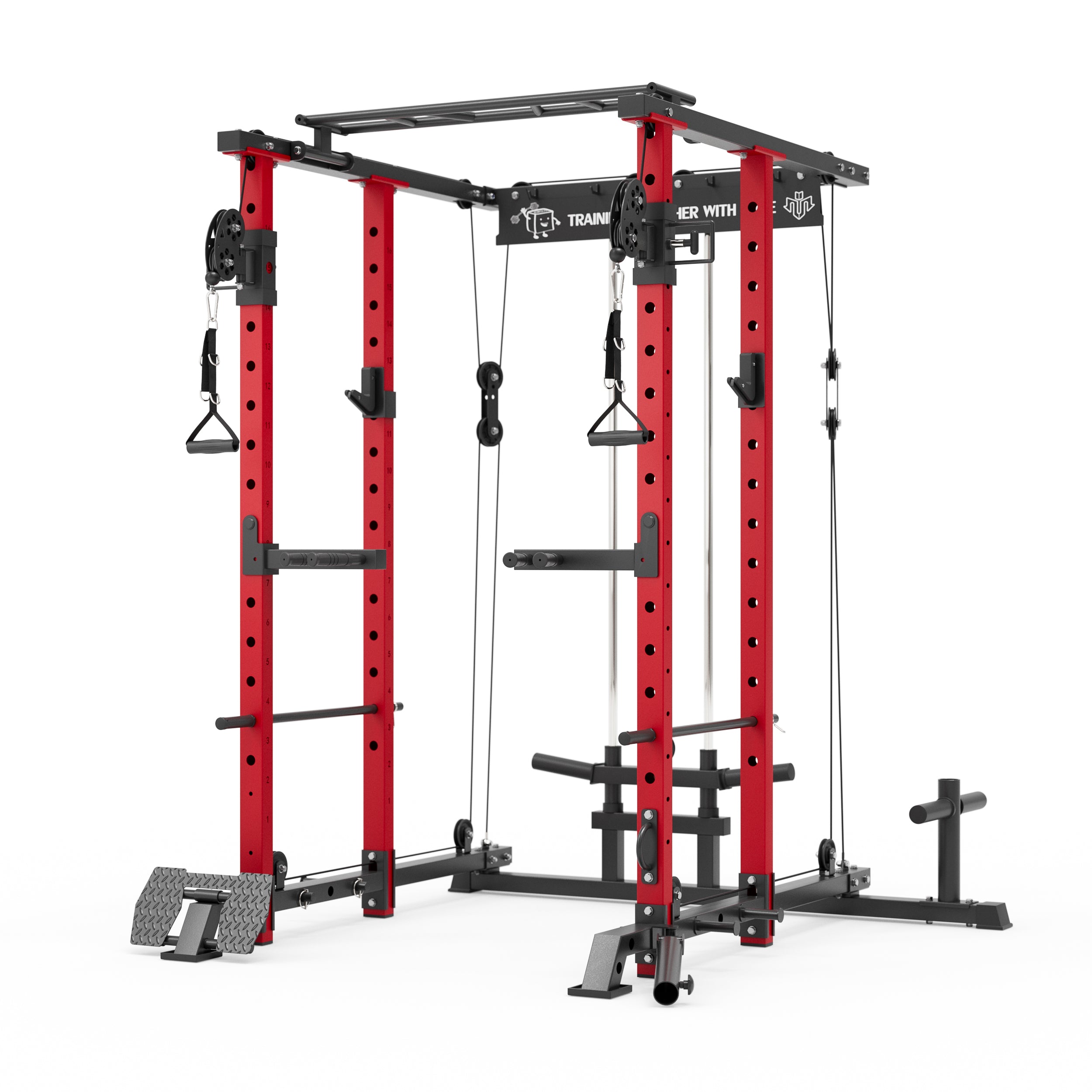



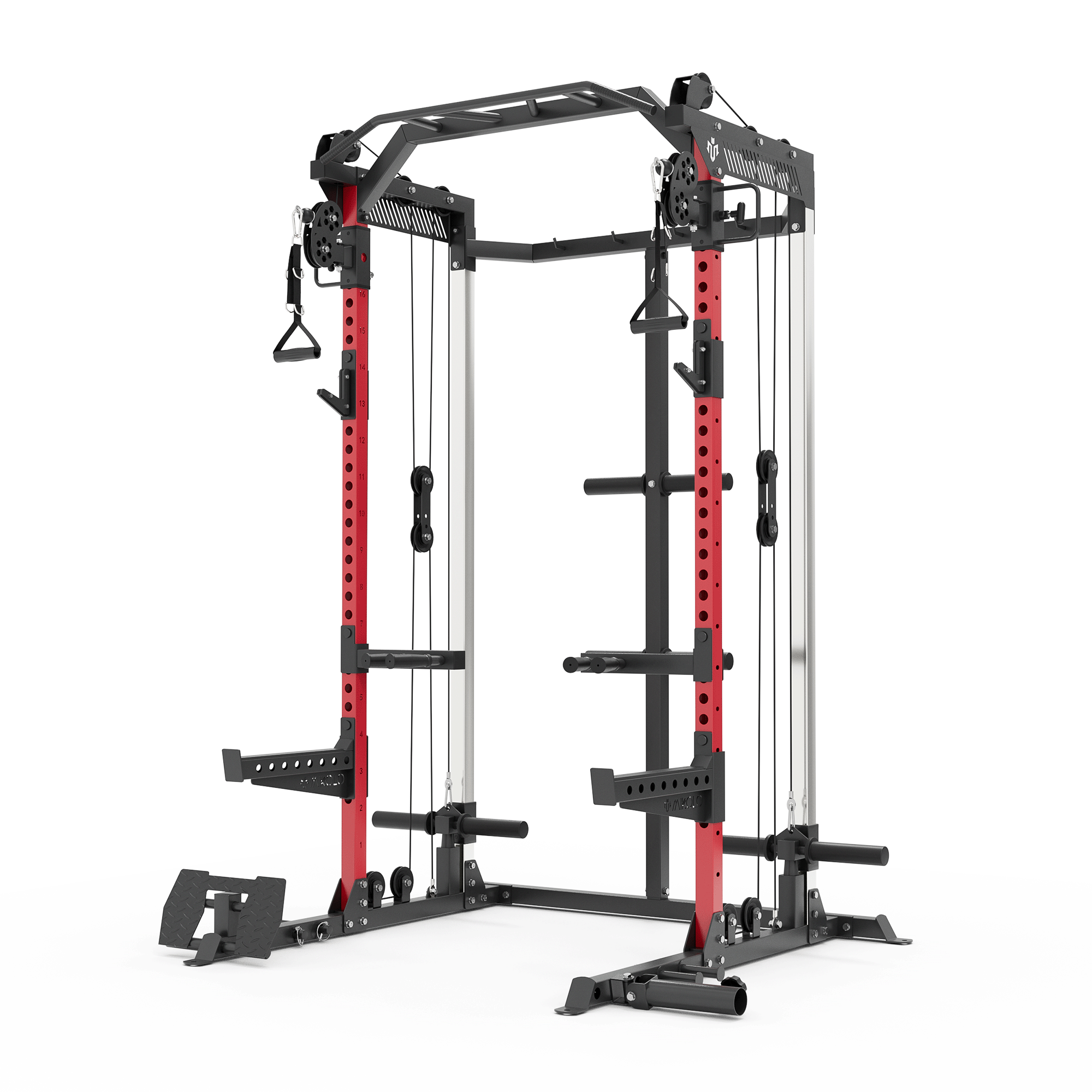
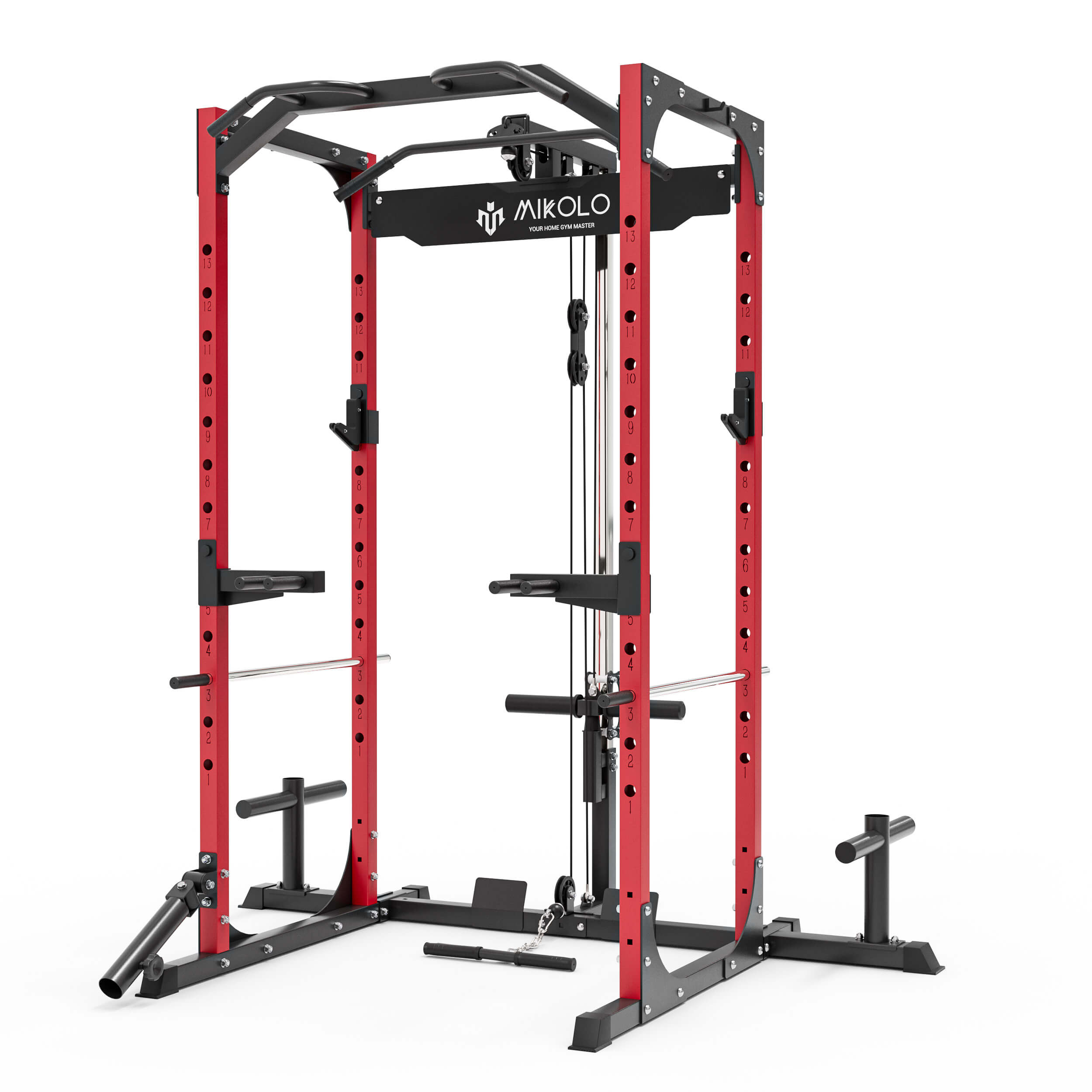






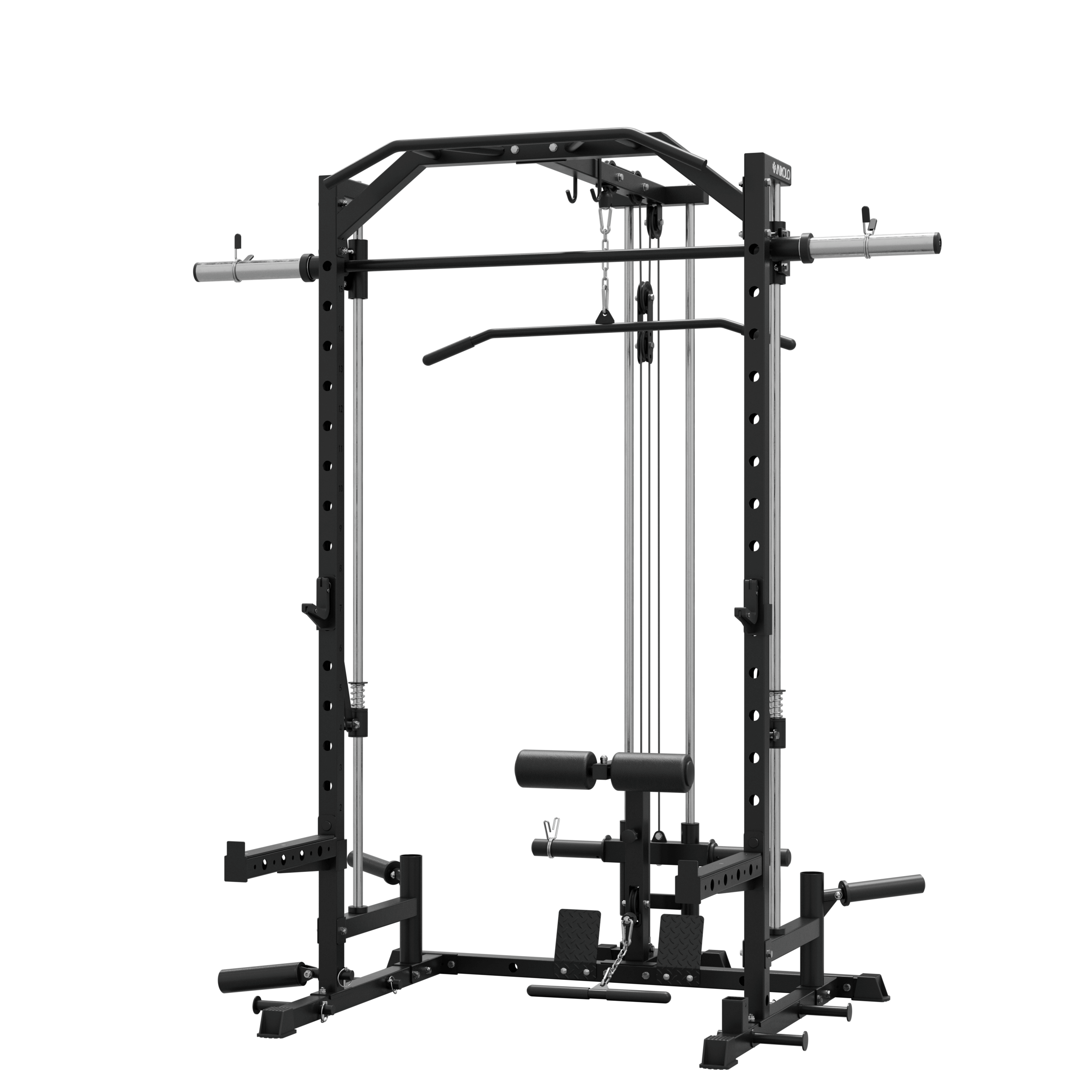
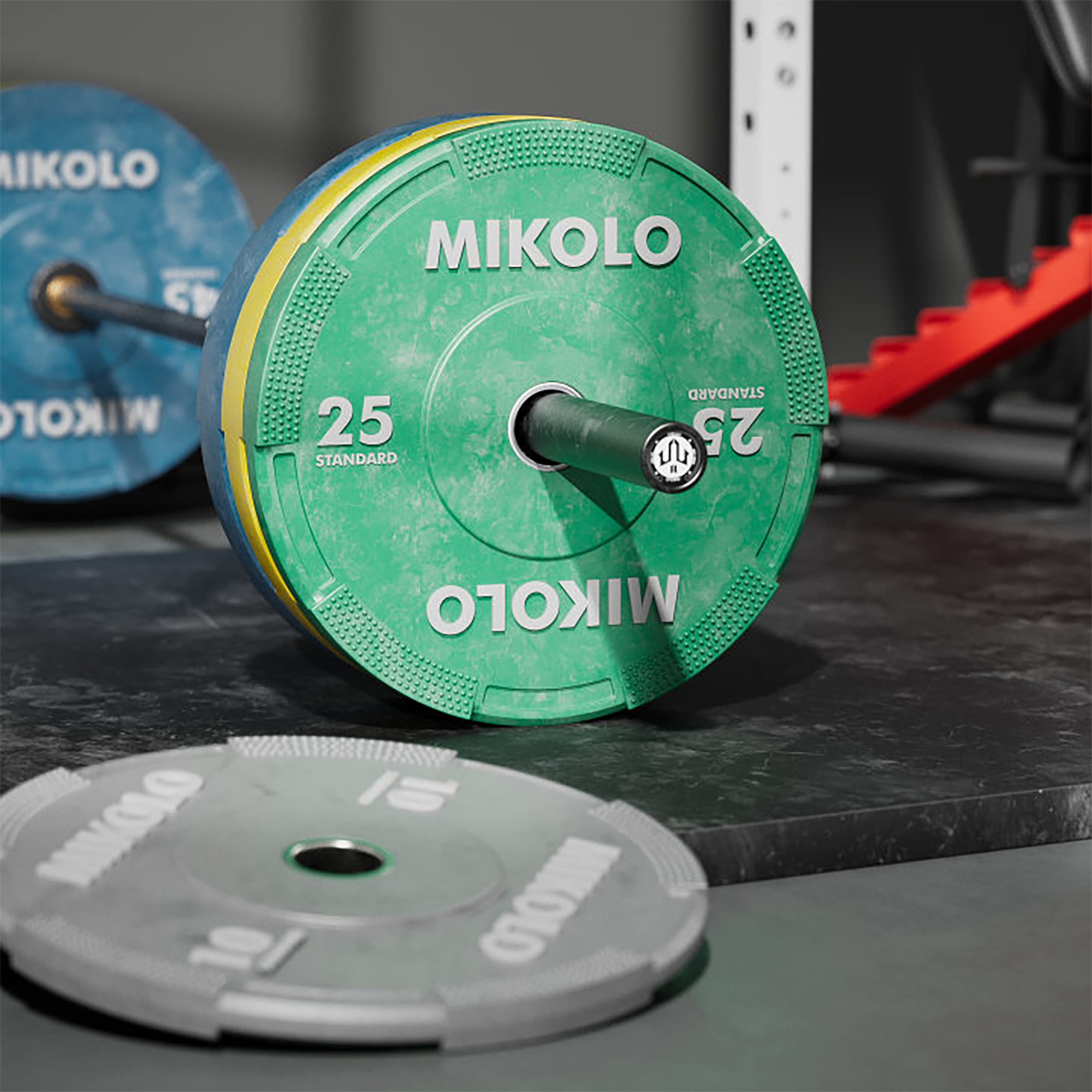
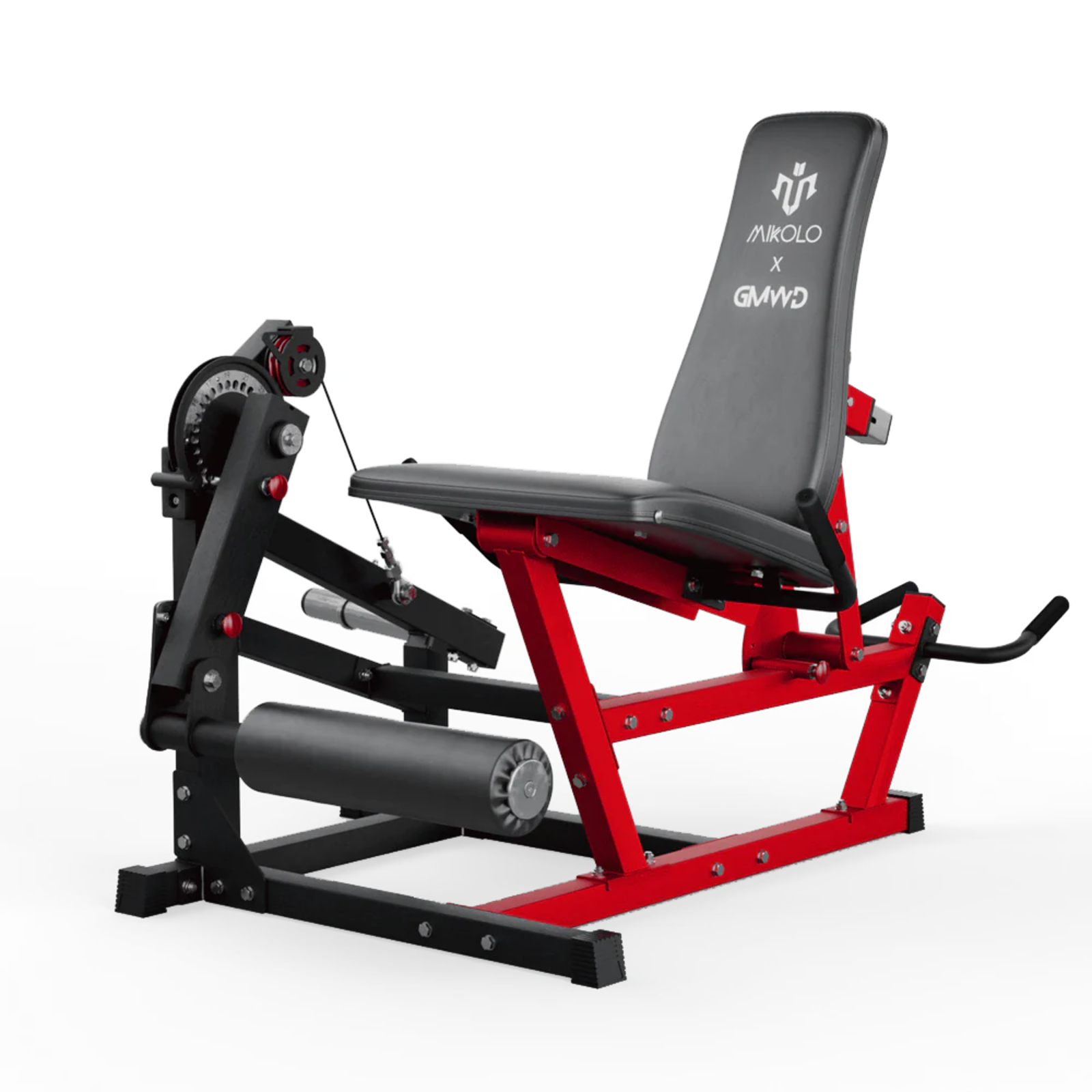

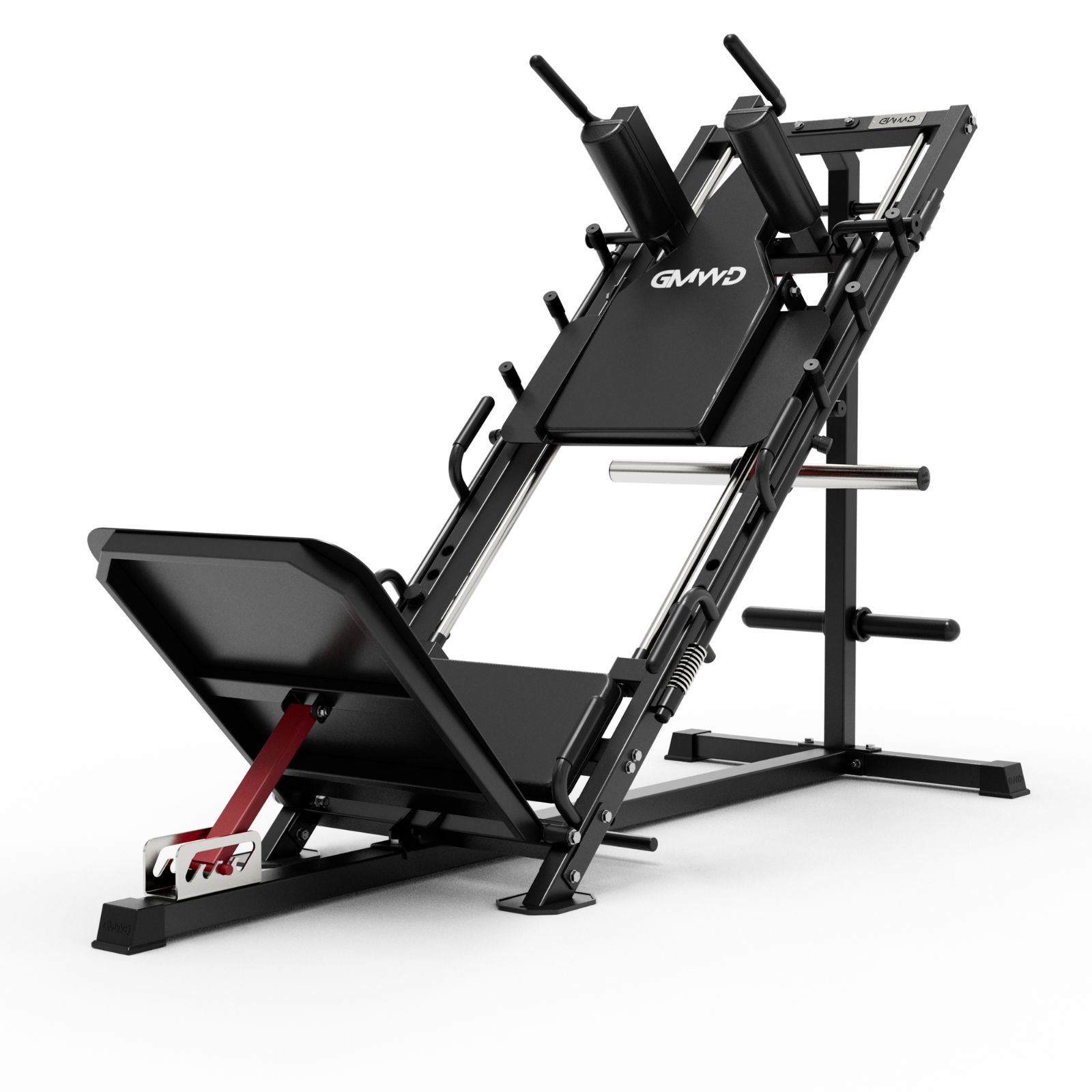


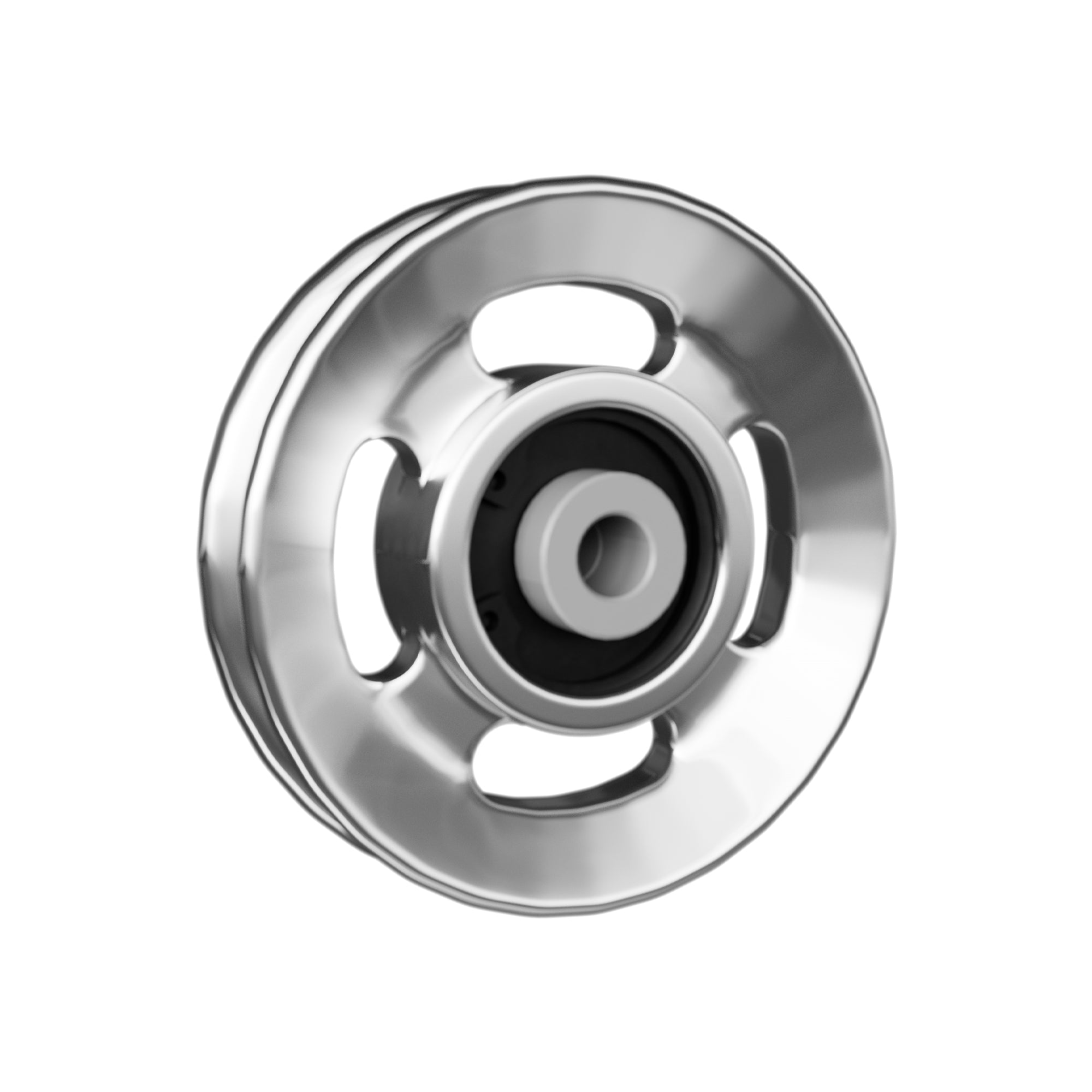
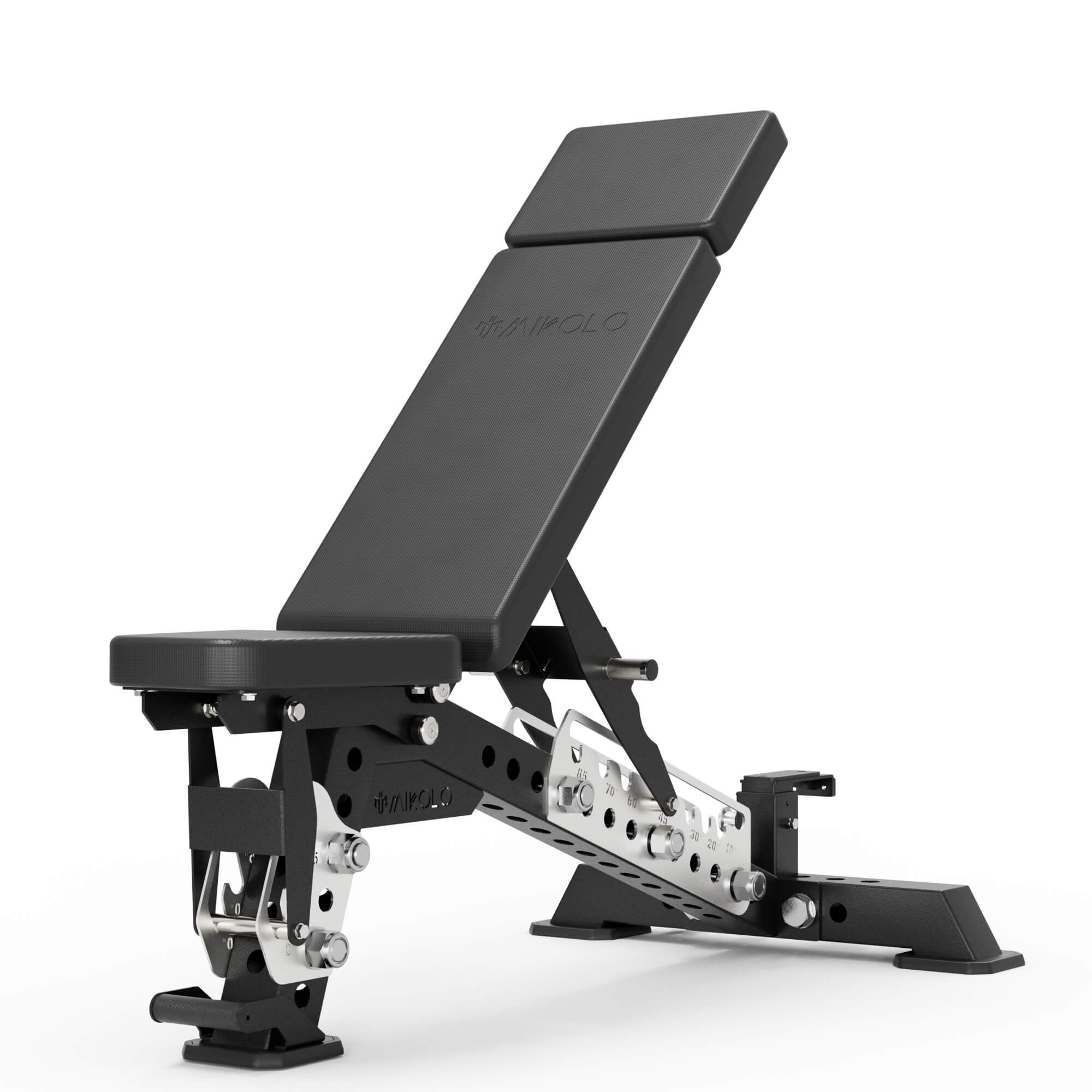
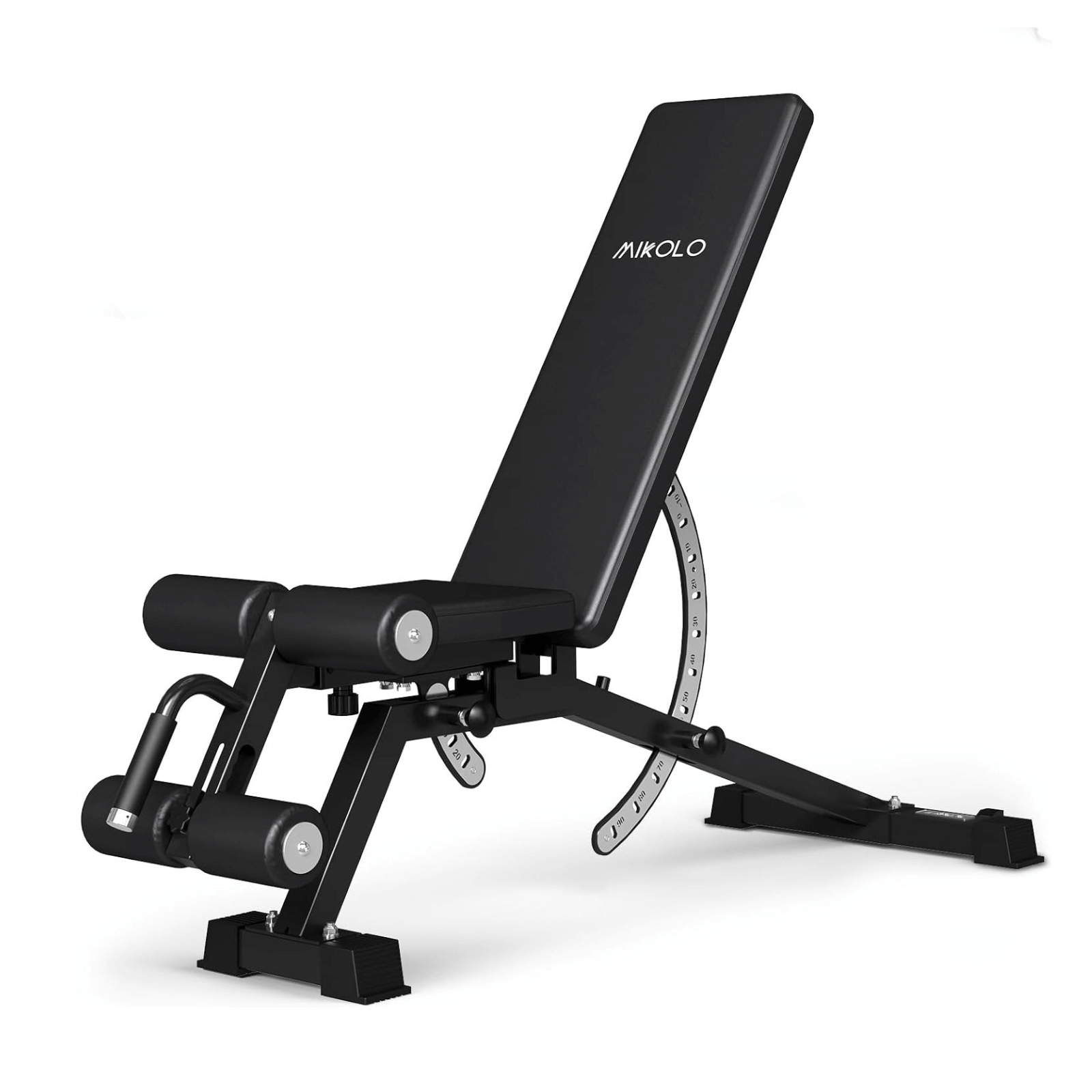

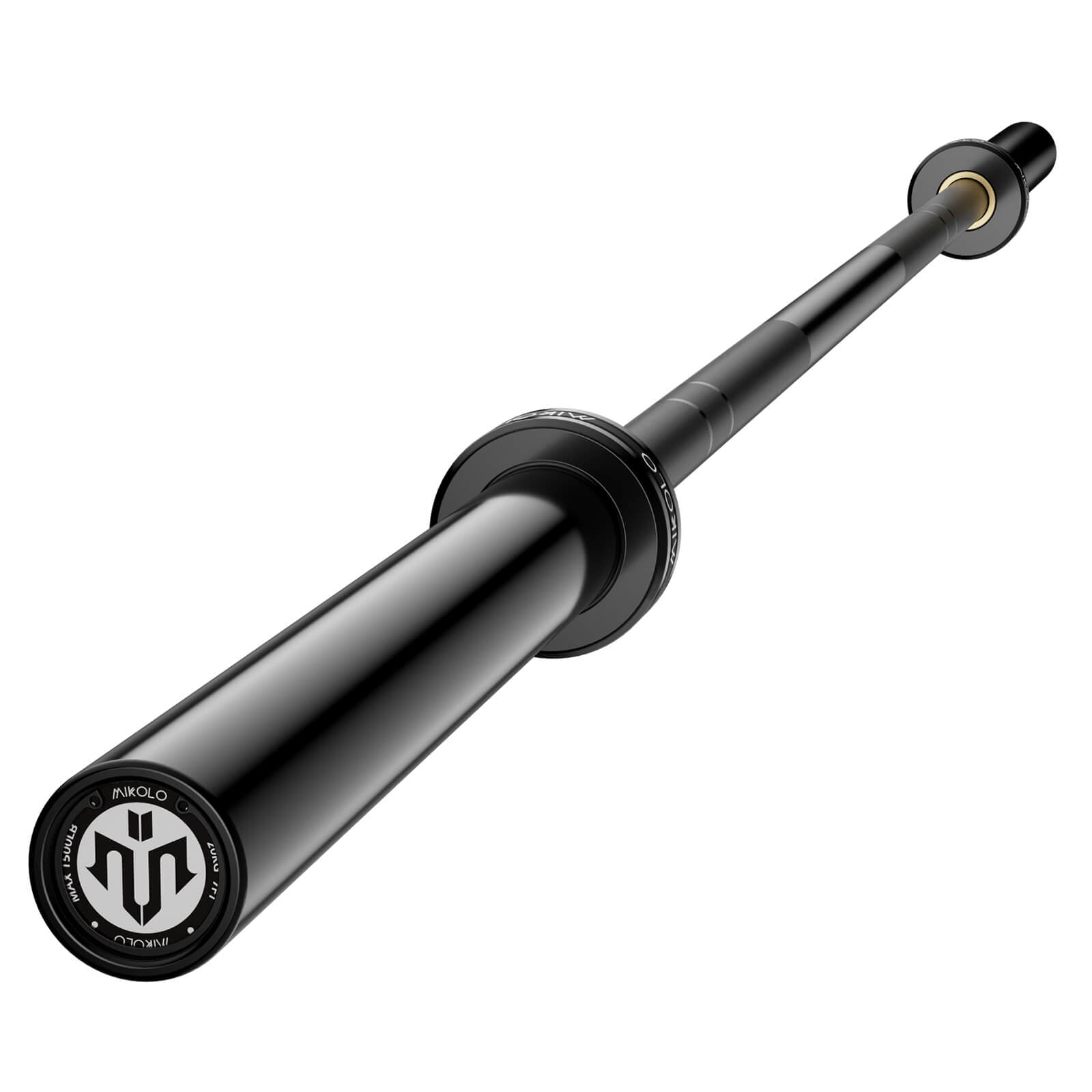
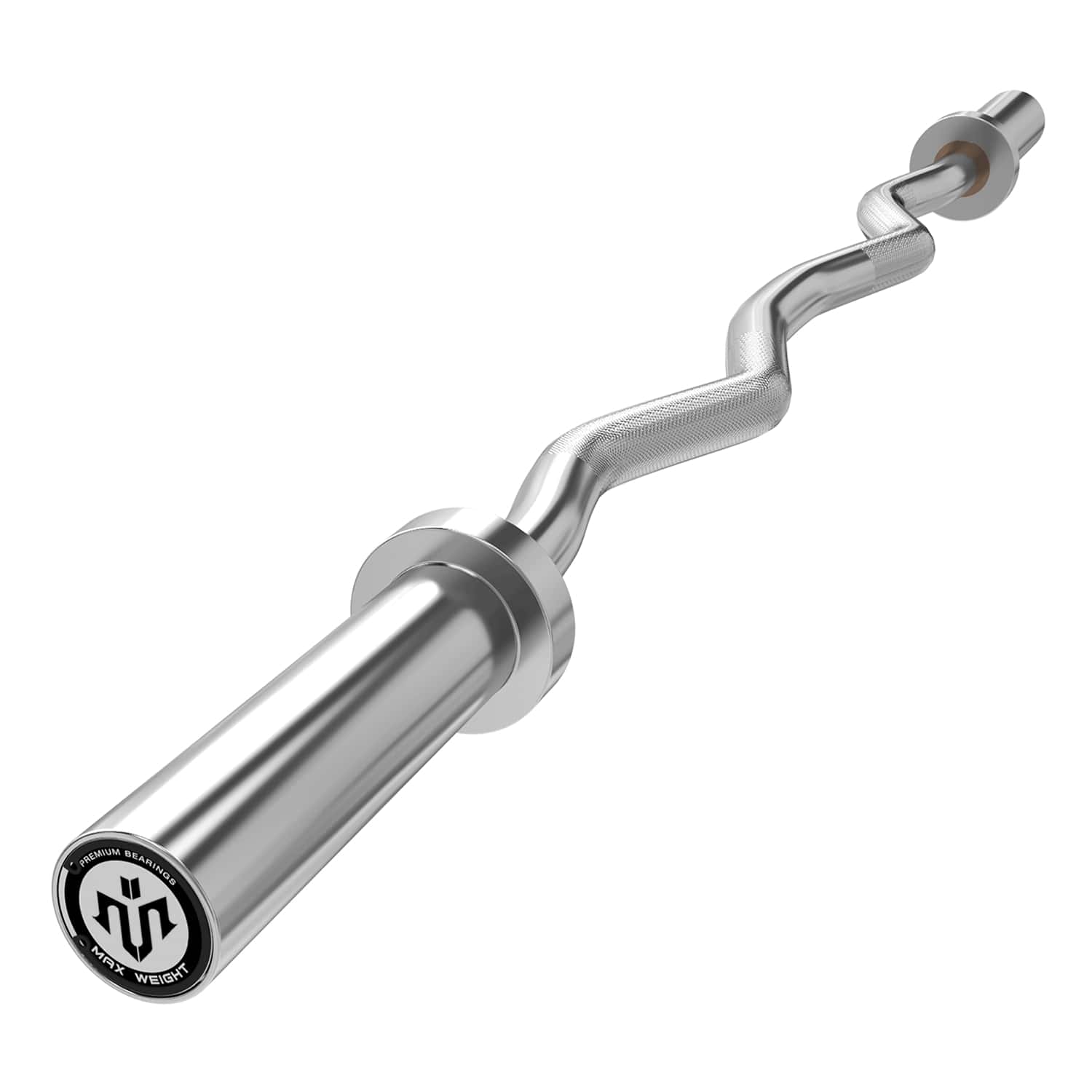
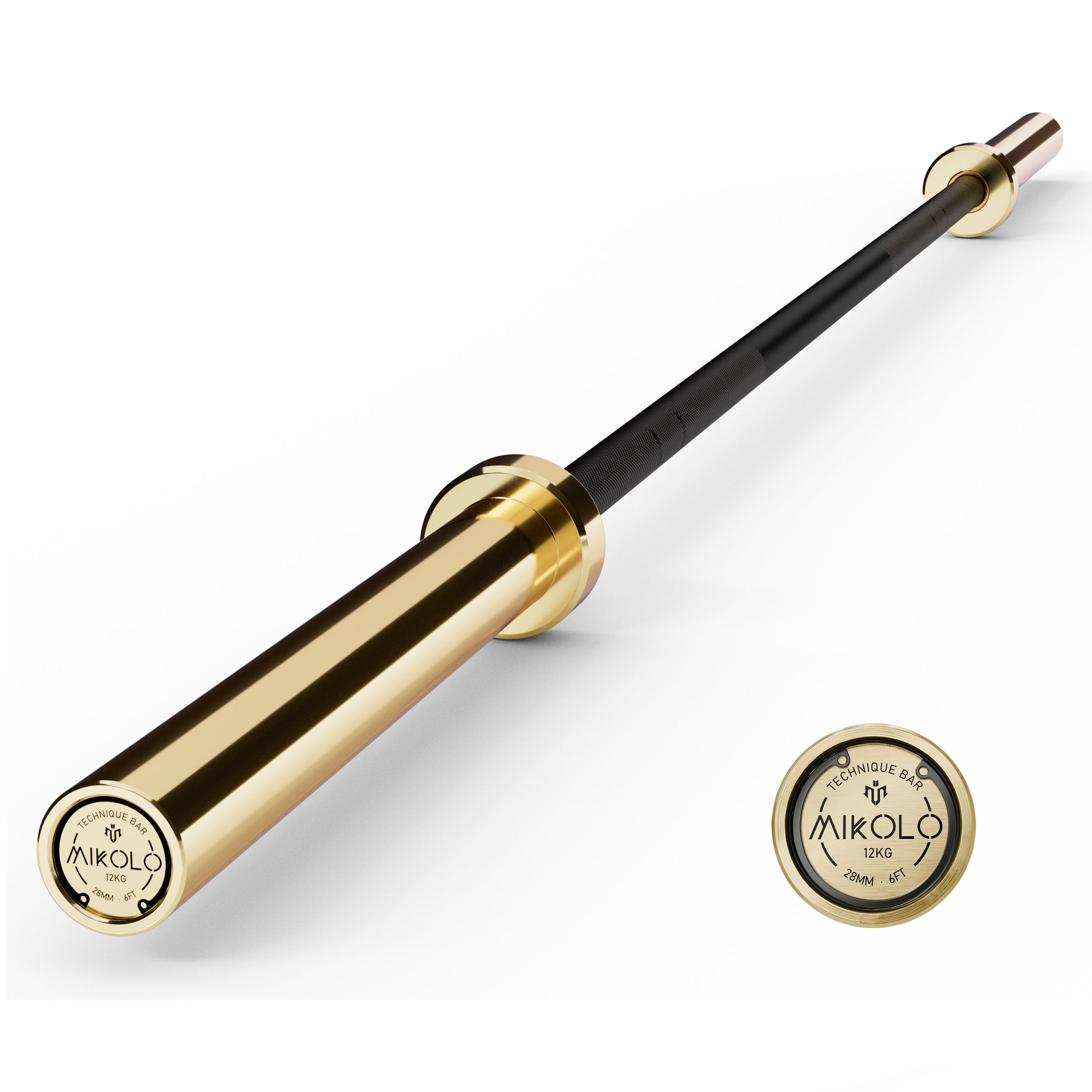
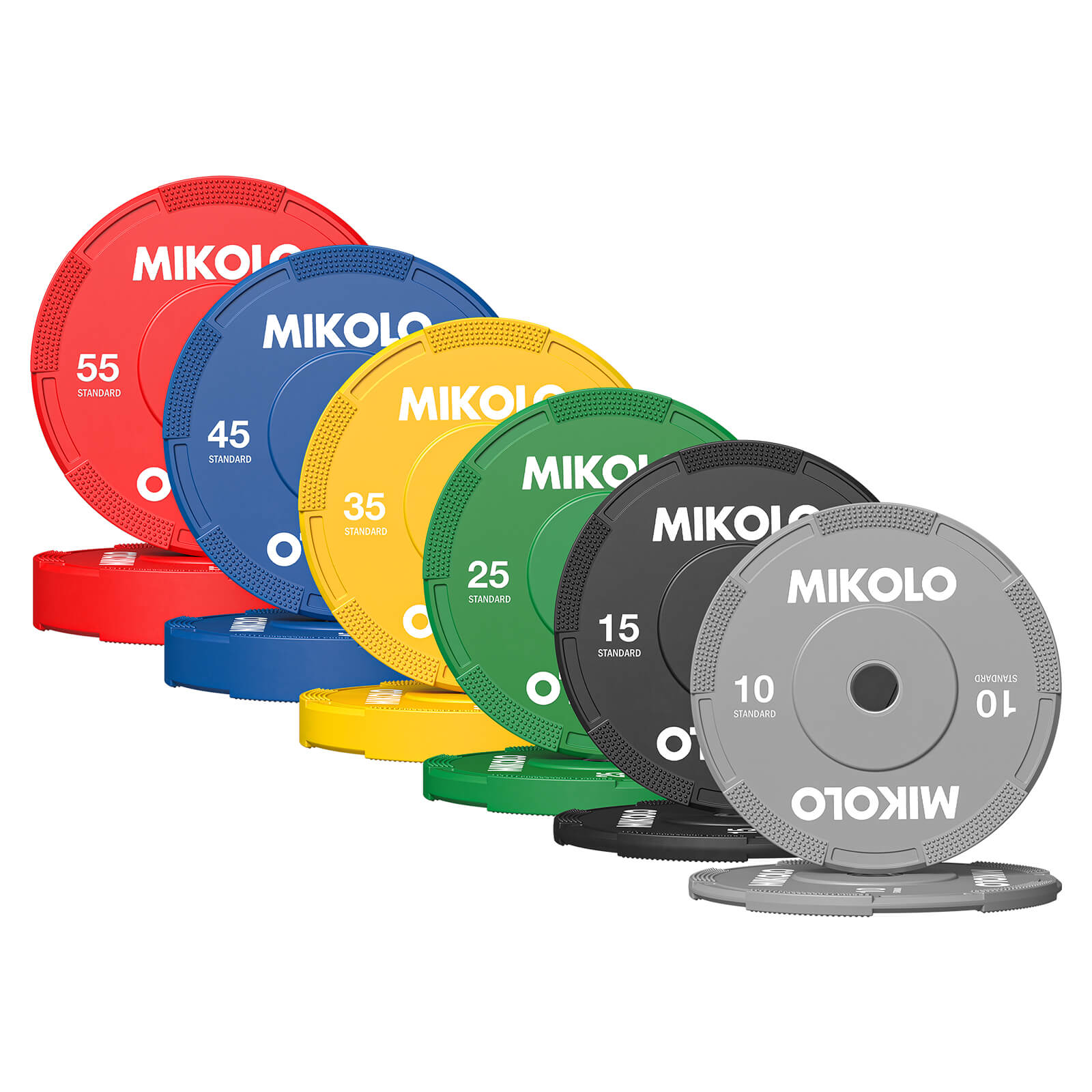
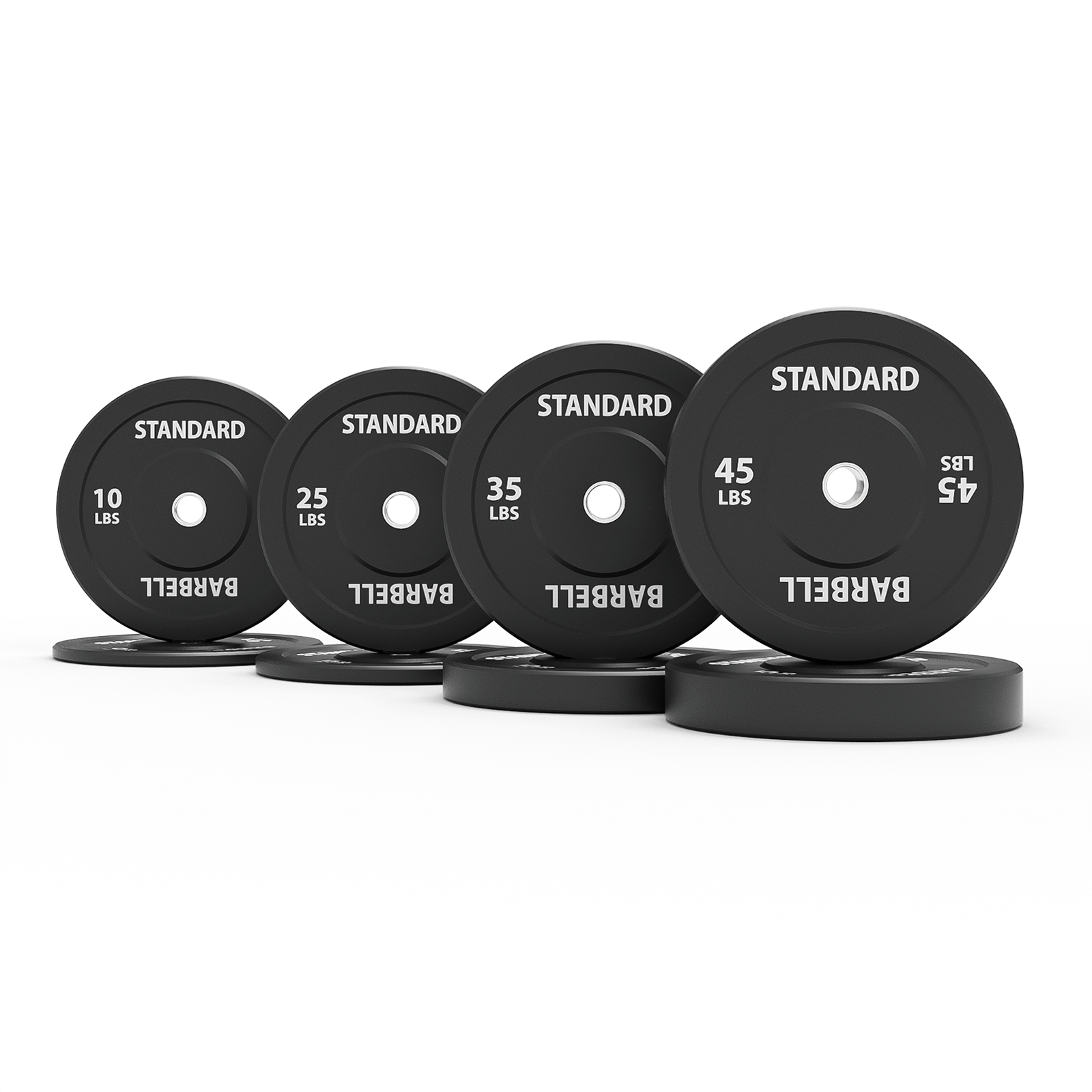
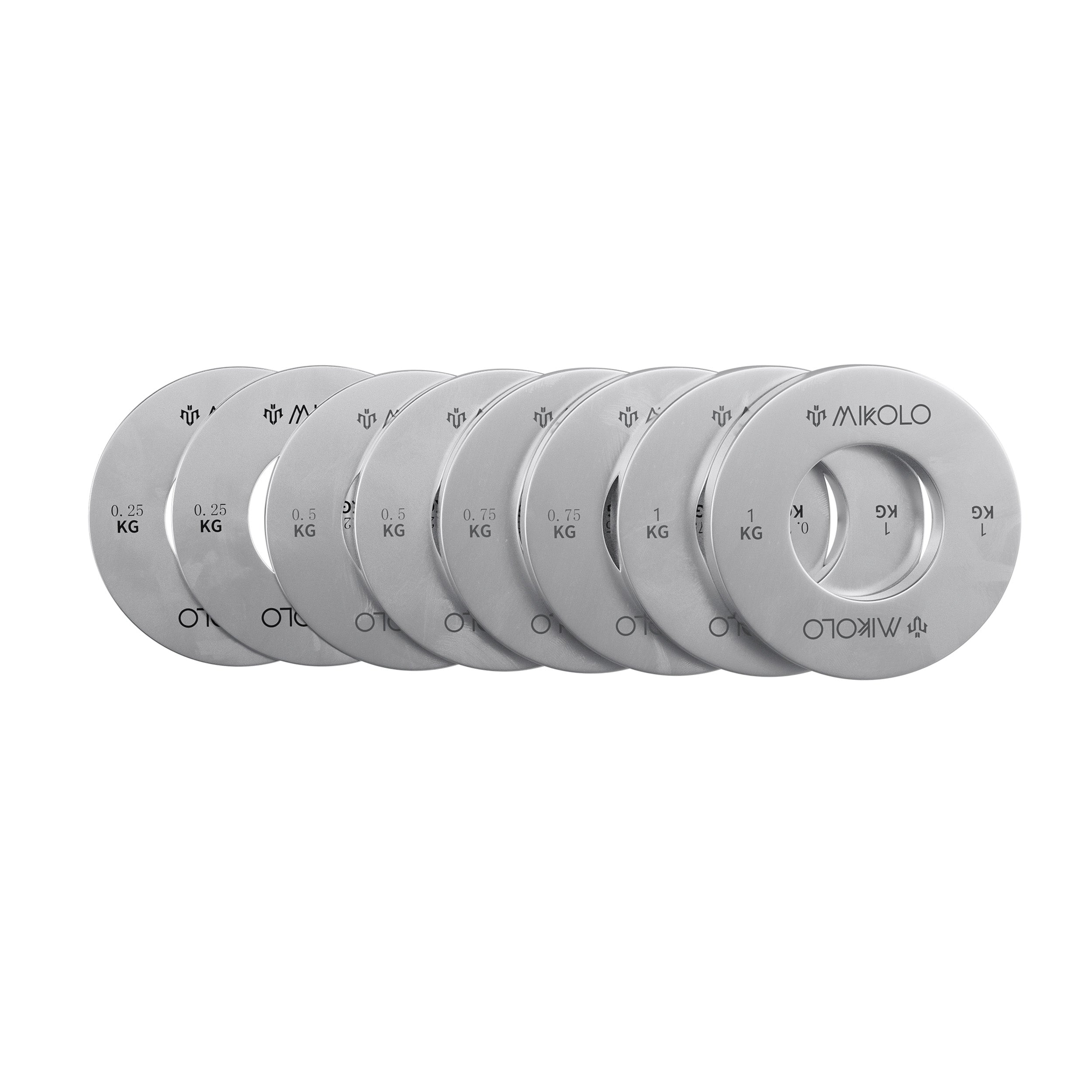


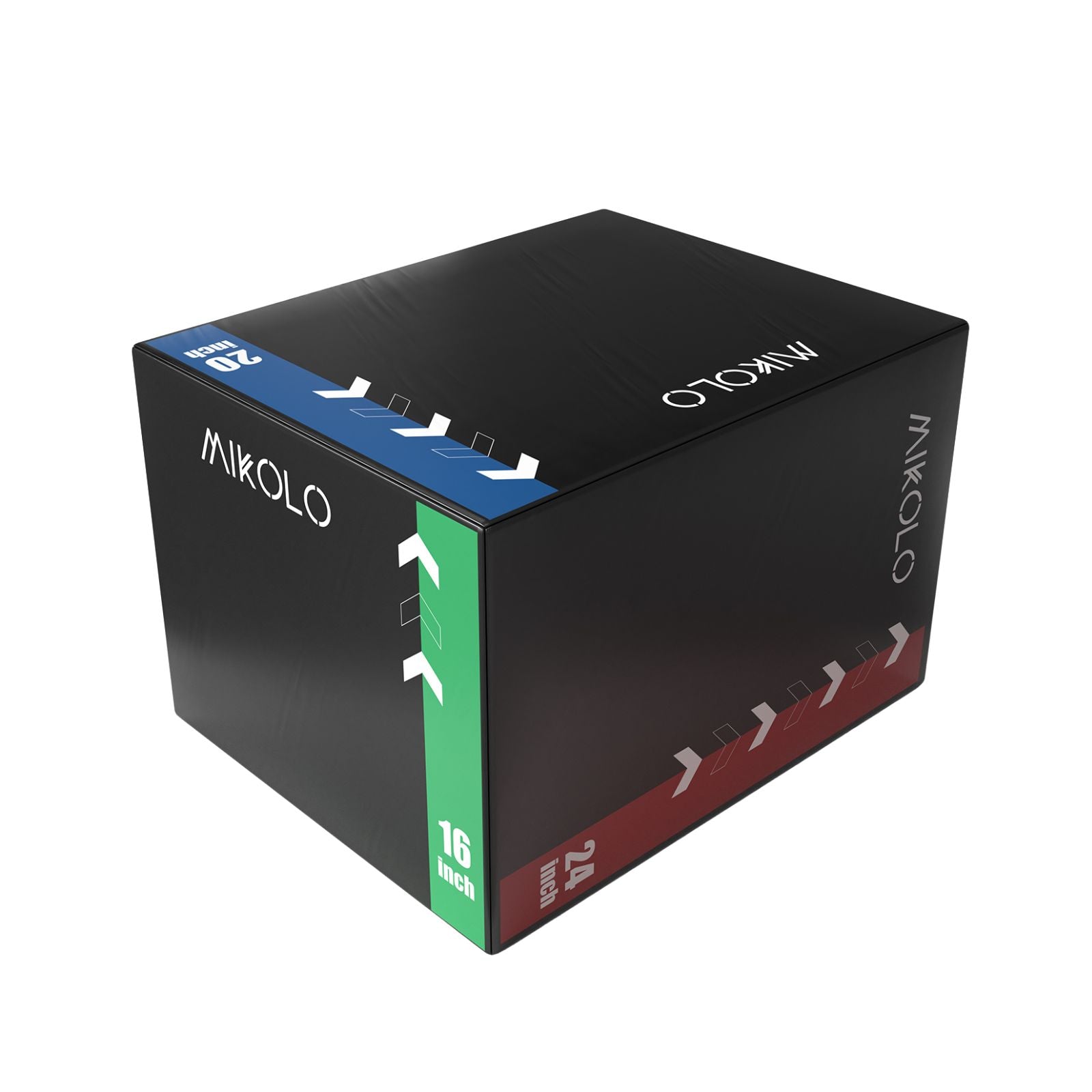
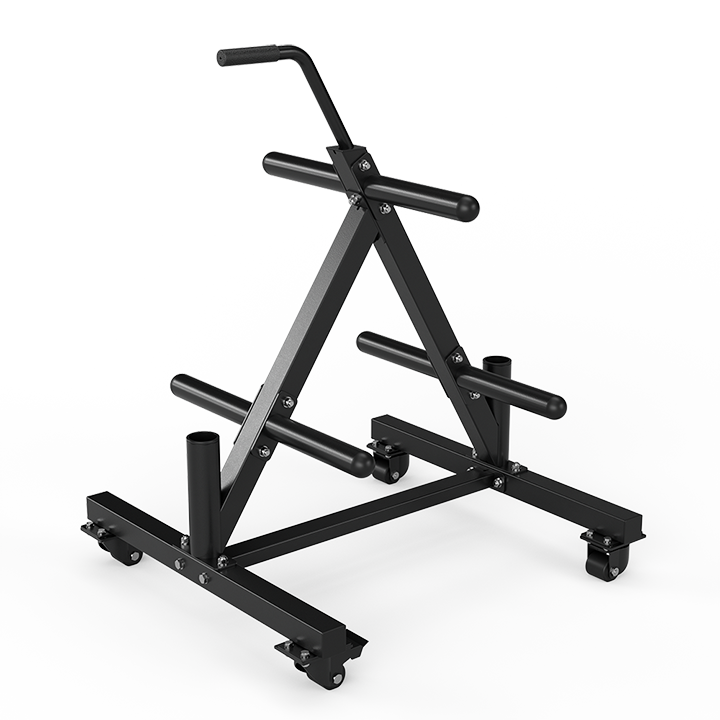





Leave a comment
This site is protected by hCaptcha and the hCaptcha Privacy Policy and Terms of Service apply.